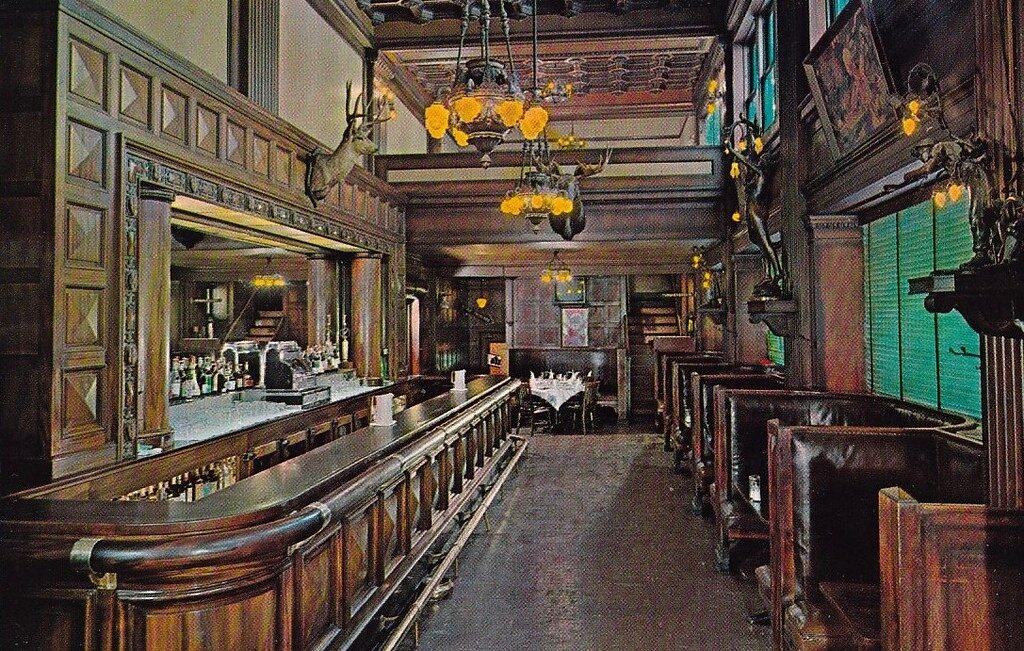What arguably is one of the most pivotal episodes in Emperor Norton's career has received scant attention.
In December 1870, the Emperor named the Black-owned Pacific Appeal newspaper his "weekly Imperial organ." From then until spring 1875, the Appeal and its editor, Peter Anderson, published some 250 of the Emperor's Proclamations.
But, in May 1875, the Appeal published a Proclamation in which Emperor Norton called out real estate developer Charles Peters for making false promises that were likely to bring harm to the unwitting immigrants who bought his lots in a swampy area at the southern tip of San Francisco that was being billed as Newark.
Peters sued Anderson for libel. Anderson retracted the Proclamation, throwing Emperor Norton under the bus in the process — and forbidding the Emperor from bringing the Appeal any more Proclamations. This is why published Proclamations from the Emperor become much more scarce from mid 1875 until his death in January 1880.
It appears that William Drury, in his 1986 biography of Emperor Norton, was the first to publish anything about this. But, apart from reproducing the offending Proclamation and an excerpt from Anderson's retraction, Drury has only a half-page's worth of sentences to spend on the affair.
In giving the matter such short shrift, Drury side-steps the most important questions: What could have prompted Peter Anderson to break with the Emperor in such a way? And, was Emperor Norton actually right about Charles Peters and his real estate scheme?
In short: Bill Drury leaves a big gap at the very point when big questions need answering.
Drawing on newspaper accounts from 1874–76, the following deep-dive seeks to close the gap and finds that Emperor Norton looks the best of all who were involved — in part, because he was utterly true to himself.
Read More
